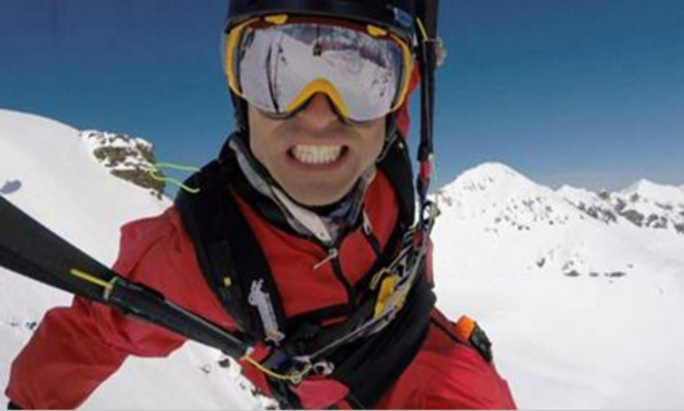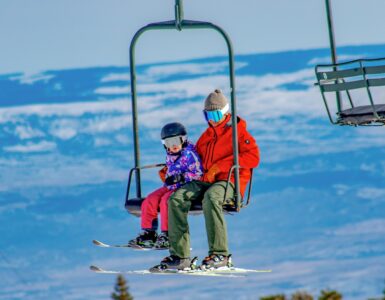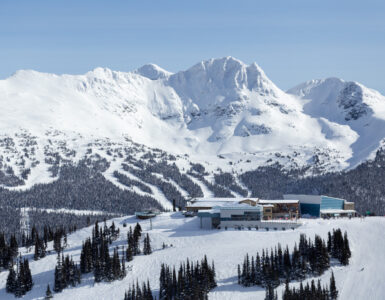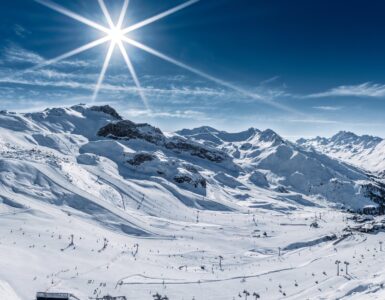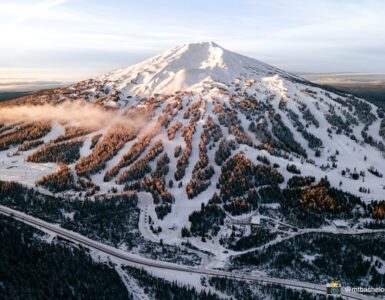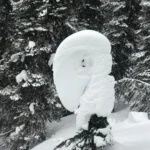Pro skier JT Holmes says he’s still shaken five days after being buried and going unconscious in an avalanche northwest of Lake Tahoe.
Holmes, who is known for pushing the boundaries of big mountain skiing and speed riding, said he was skiing with friends on Thursday near Truckee, Calif., when the slide occurred during the group’s fourth run of the day.
“I feel a lot of emotion about what happened,” said Holmes, 35, during a phone interview.
Holmes said he was in a group of eight in the backcountry between Tinker Knob and Donner Lake, skiing a north or northeast aspect in complex terrain with trees, chutes and gullies and which he estimated was at about 7,400 feet in elevation.
He said the slide triggered after he dropped into a run which he described as having a safe zone on the right.
But Holmes said his skis were facing left at the moment of the slide and, although he tried, he was unable to escape.
“I got flushed through, went downhill with the avalanche,” Holmes said. “The second wave of the avalanche buried me.”
Unconscious and buried beneath three feet of snow Holmes was completely dependent on others in his group, which he said included three emergency medical responders, to dig him out.
Holmes said he didn’t require CPR but did need assistance to evacuate.
Holmes said he and others in the group were carrying and using avalanche beacons, probes and shovels.
“I feel very shaken up,” he said. “I feel very grateful I was with a team of very prepared individuals, I feel grateful we discussed avalanche protocol in the morning, practiced with our beacons.”
He described his group as acting, “efficiently, even surgically,” during the rescue.
“I think it is important to have a lot of confidence in the team you go into the backcountry with,” he said. “It is not like a baseball team where you try out. It is something that is often informally created in the morning. Every single person is a critical component in that team.”
Conditions in the snowpack have contributed in recent weeks to an avalanche problem that’s rare for the Sierra Nevada.
Multiple layers of buried surface hoar, a type of frost that forms on the snow surface, have created weak layers in the snowpack. Other recent avalanche problems have included wind slabs and storm slabs.
Typically, in the Sierra Nevada when surface hoar forms it’s broken down by warm temperatures or high winds before getting buried.
Buried surface hoar, unlike wind and storm slabs which are more common to the region, has a tendency to form persistent weak layers that contribute to avalanches that are difficult to predict.
The Sierra Avalanche Center posts daily advisories about snow conditions and avalanche problems.
The center says the weak layer exists about 12 to 42 inches beneath the surface on north, northeast and east aspects.
The advisory for Jan. 14, the day of Holmes’ incident, warned of persistent slabs due to buried surface hoar and wind slabs.
“Unfortunately, determining which slopes the buried surface hoar does exist on is difficult,” forecaster Andy Anderson wrote. He continued, “Recent avalanche activity, shooting cracks, collapsing, whumfing and snowpit tests can provide some clues, but sometimes the first clue is an avalanche triggered by the party on the slope.”
Source: rgj.com


